Understanding Contact Switches
A contact switch is a fundamental component in various electrical circuits, acting as a gatekeeper for the flow of current. These switches come in numerous forms, each designed to meet specific operational requirements. Understanding the nuances of contact switches, from normally open to normally closed switches, is crucial for selecting the right type for any application.
Types and Applications
The diversity of contact switches includes designs like the reed contact switch and magnetic reed contact, which are often used in security systems as magnetic door contacts. On the other hand, momentary contact switches are typically found in devices requiring a temporary signal, such as keyboards or push-button stations. The application spectrum ranges from industrial machinery to everyday consumer electronics, each utilizing the unique properties of these switches.
Features and Materials
Contact switches are not a one-size-fits-all solution. They are crafted from various materials, each offering distinct advantages. For instance, a single pole contact switch might be made of durable metals for industrial use, while a phoenix contact switch could incorporate advanced polymers for enhanced electrical insulation. The choice of material impacts the switch's performance, longevity, and suitability for different environments.
Design Considerations
When selecting a contact switch, it's important to consider the electrical rating and environmental resilience. Switches designed for low signal currents, such as those interfacing with PLCs, differ significantly from those handling higher currents for relays. Additionally, the design must account for the haptic feedback, which is essential for user interaction, confirming the successful operation of the switch.
Advantages of Proper Selection
Choosing the correct contact switch can lead to improved durability and reliability in the intended application. For example, a normally closed push button might be ideal for applications that require a default state of circuit completion, whereas a normally open switch is better suited for circuits that should remain inactive until prompted. The right switch can significantly enhance the overall functionality of an electrical system.
Integration in Systems
Integrating the appropriate contact switch into a system requires a thorough understanding of the circuit's needs. Whether it's a normally closed normally open configuration for complex operations or a simple normally open closed setup, the correct integration ensures optimal performance and user safety. It's essential to evaluate the switch's specifications against the system's requirements to ensure compatibility and efficiency.






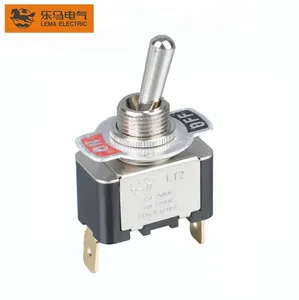






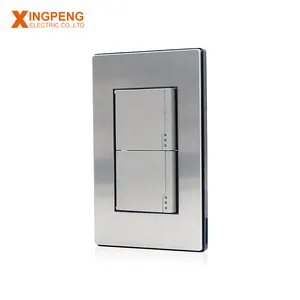




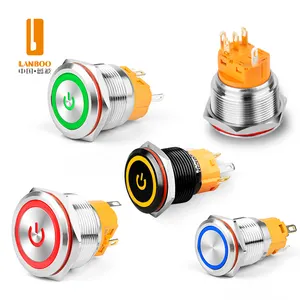




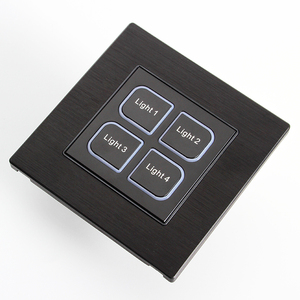
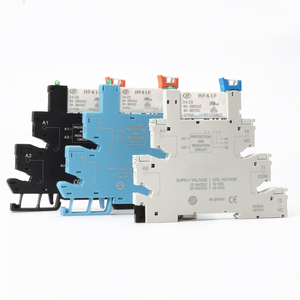


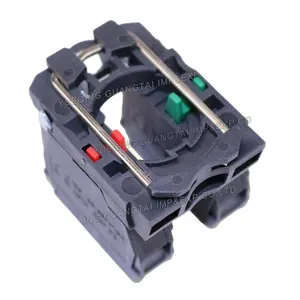





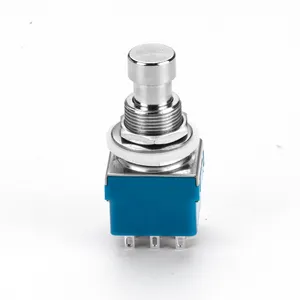





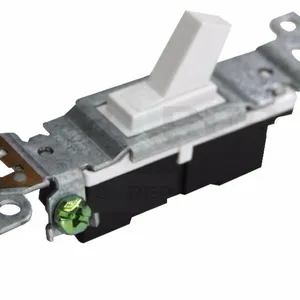
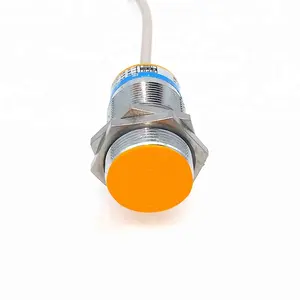




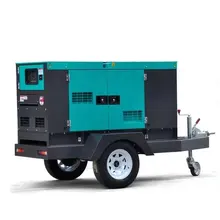


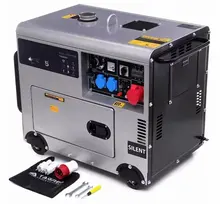

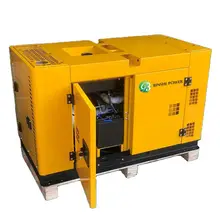

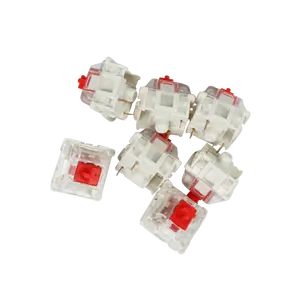




















 浙公网安备 33010002000092号
浙公网安备 33010002000092号 浙B2-20120091-4
浙B2-20120091-4